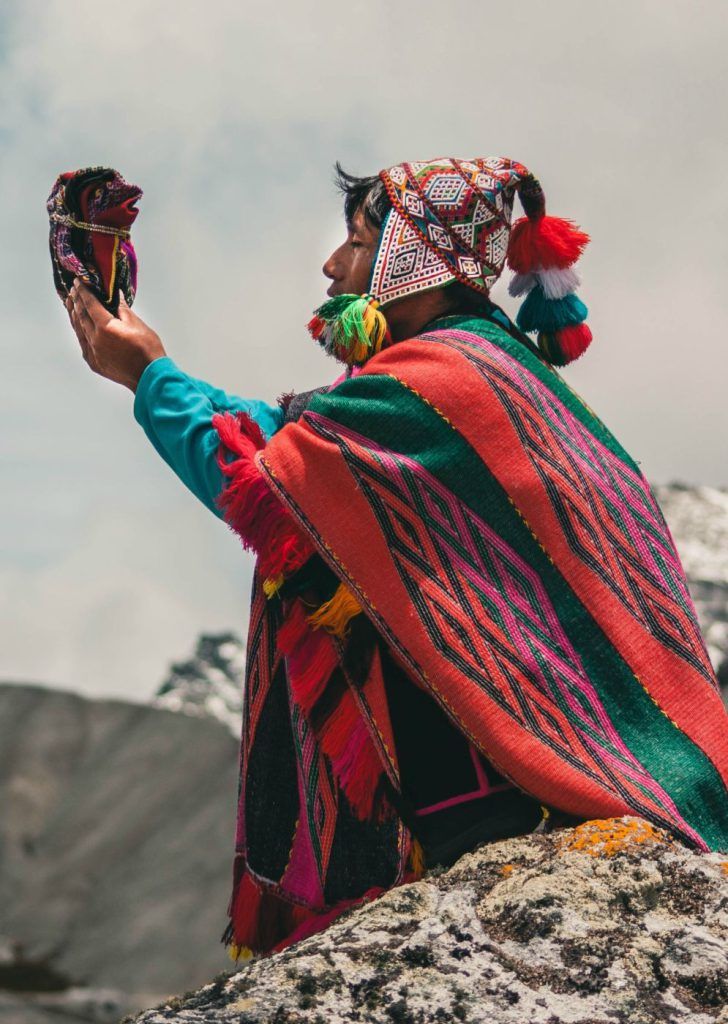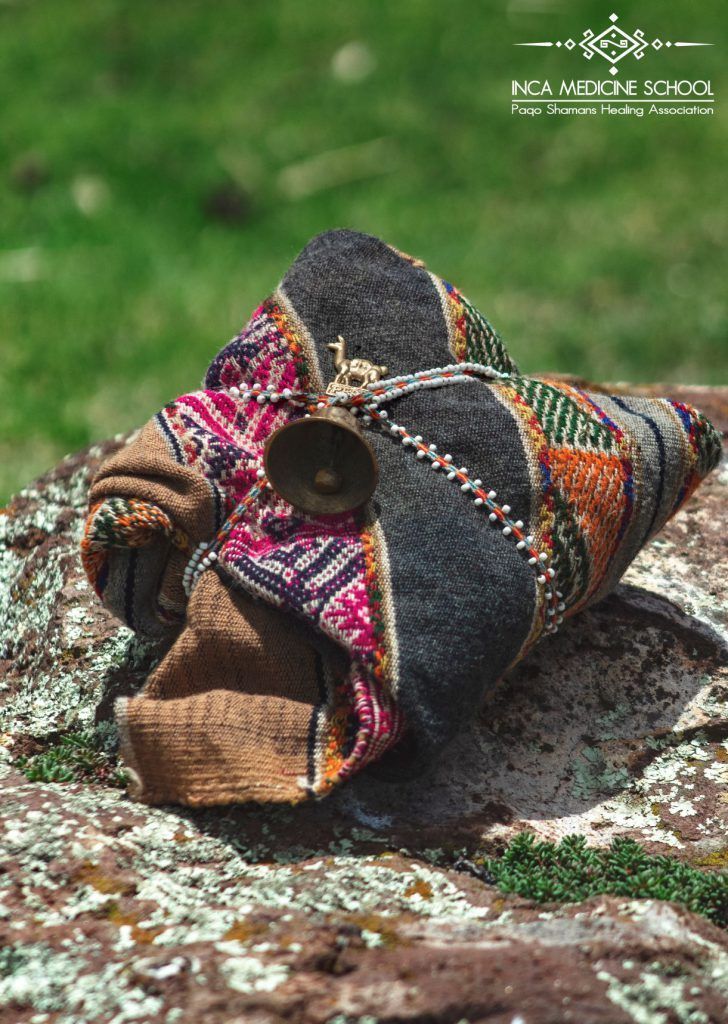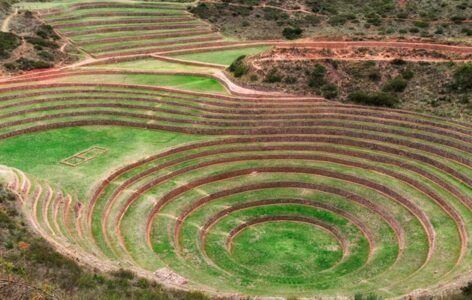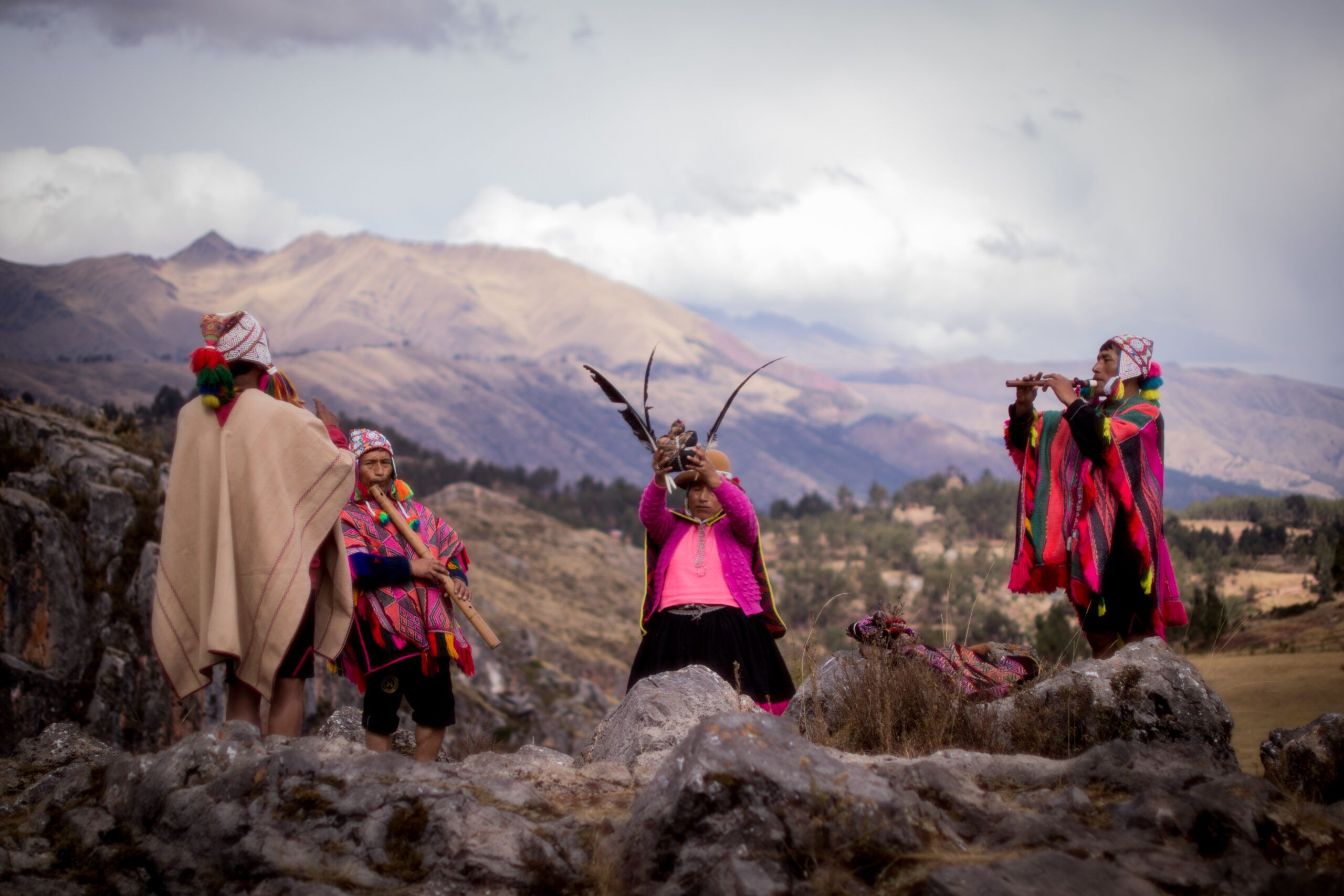Among its many sacred practices, the Chumpi Mesa stands out as a powerful tool for healing, balance, and connection to the living cosmos. This blog delves into the significance of the Chumpi Mesa, its role in Andean cosmovision, and why this ancient wisdom remains vital in our modern world.

What is the Chumpi Mesa?
The Chumpi Mesa (also spelled Chumpi Mesayok or Chumpi Mesayoq) is a sacred altar or “mesa” used in Andean spiritual practices.

The word chumpi means “belt” or “sash” in Quechua, refers to the energy belts or layers that surround the human body.
The mesa is a physical and energetic space where a paqo works to harmonize these energy belts.
The Chumpi Mesa is typically adorned with sacred objects such as stones (khuyas), feathers, shells, and other natural elements, each representing different aspects of the Andean cosmovision.
These objects are not merely symbolic. They are believed to hold living energy (kawsay) and are used to channel and direct this energy during ceremonies.
Andean Cosmovisión: A Living Universe
To understand the Chumpi Mesa, one must first grasp the Andean cosmovisión—the worldview of the Andean people.
Unlike Western perspectives that often separate humans from nature, the Andean cosmovision sees everything as interconnected and alive.
Key elements of Andean cosmovisión include:
- Kawsay Pacha: The living universe, where everything is imbued with life force (kawsay).
- Ayni: The principle of reciprocity—giving and receiving in equal measure.
- Pachamama: Mother Earth, the sacred feminine force that nurtures and sustains life.
- Apus: The mountain spirits, revered as protectors and sources of wisdom.
- Three Worlds: The Andean cosmology divides existence into three realms—Hanaq Pacha (upper world), Kay Pacha (this world), and Ukhu Pacha (lower world)—each with its own spiritual significance.

The Chumpi Mesa serves as a bridge between these realms, allowing the practitioner to work with the energies of the cosmos, the earth, and the underworld to restore harmony and balance.
The Importance of the Chumpi Mesa
The Chumpi Mesa is more than just a healing tool; it is a microcosm of the Andean cosmovision. Here are some reasons why it holds such importance:

- Healing and Balance: The Chumpi Mesa is used to diagnose and heal energetic imbalances in the body, mind, and spirit. By working with the energy belts (chumpis), the paqo can clear blockages, restore flow, and bring the individual back into alignment with the natural world.
- Connection to Nature: The mesa is a reminder of our deep connection to the earth and the cosmos.
- Cultural Preservation: The Chumpi Mesa is a living tradition that carries the wisdom of the Andes. By practicing and honoring this tradition, we help preserve the cultural heritage of the Andean people and keep their ancient knowledge alive.
- Personal Transformation: Working with the Chumpis can be a deeply transformative experience. It invites us to look within, confront our shadows, and embrace our highest potential, guided by the wisdom of the Andes.
The Chumpi Mesa in Modern Times
In a world increasingly disconnected from nature and spiritual roots, the Chumpi Mesa offers a path back to wholeness. Its teachings remind us that we are not separate from the earth or the cosmos but are integral parts of a living, breathing universe. As more people seek meaning and healing beyond material pursuits, the Chumpi Mesa and Andean cosmovision provide timeless wisdom that resonates across cultures and generations.
References
- Wilcox, Joan Parisi. Masters of the Living Energy: The Mystical World of the Q’ero of Peru. Inner Traditions, 2004.
- Villoldo, Alberto. Shaman, Healer, Sage: How to Heal Yourself and Others with the Energy Medicine of the Americas. Harmony, 2000.
- Sikkema, Elizabeth B. Andean Awakening: An Inca Guide to Mystical Peru. Council Oak Books, 2011.
- Classen, Constance. Inca Cosmology and the Human Body. University of Utah Press, 1993.
- Apffel-Marglin, Frédérique. Subversive Spiritualities: How Rituals Enact the World. Oxford University Press, 2011.
Pachamama bless you on your path. 🌿✨



